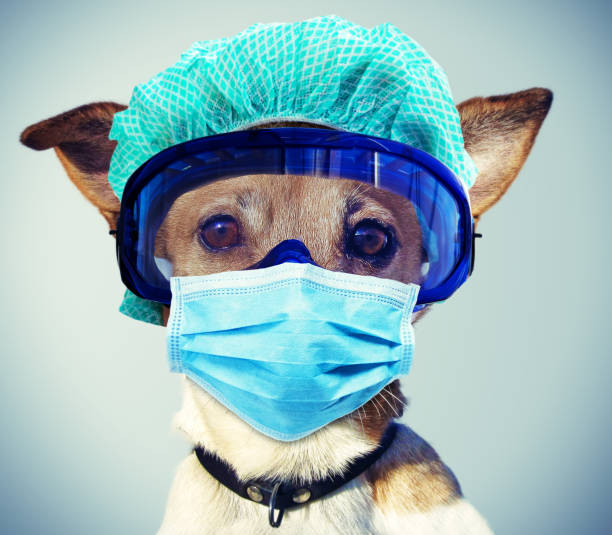This is the number one way to prevent the spread of infections.
What is Hand Hygiene?
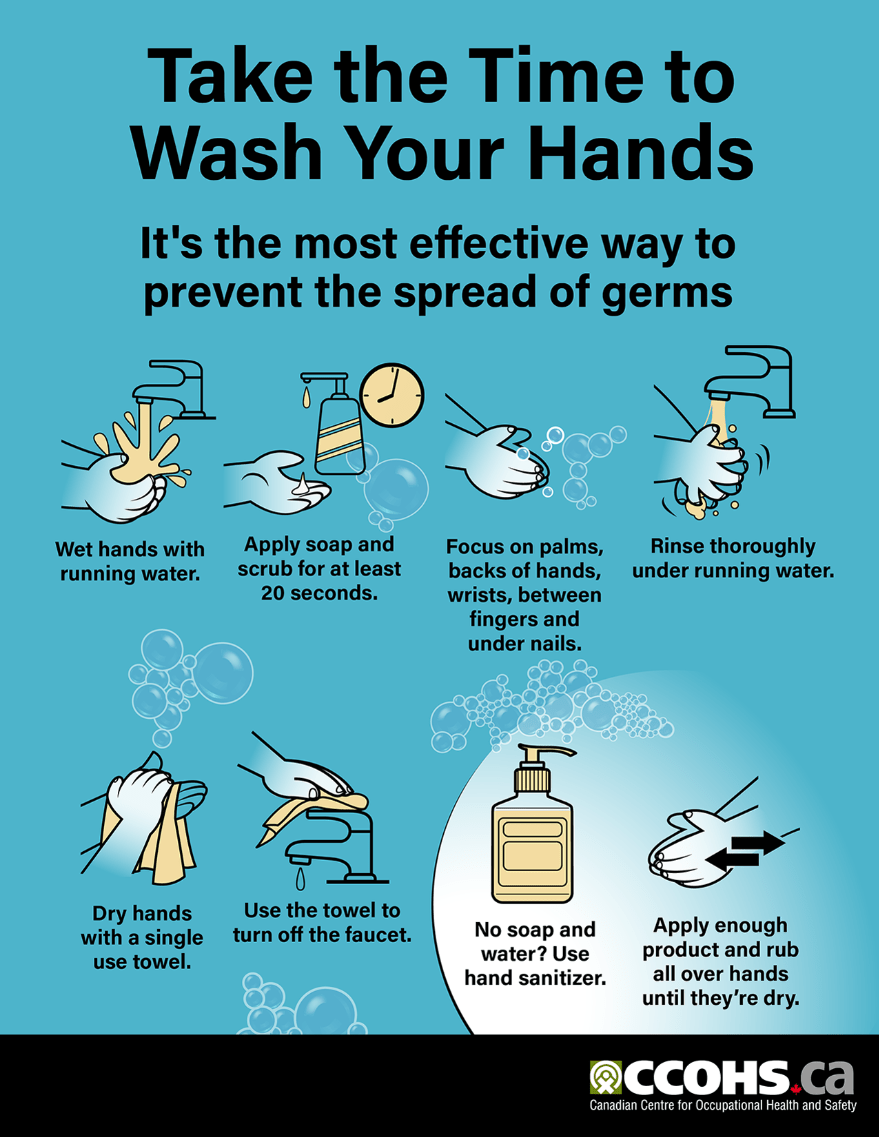
What is a simple, effective way to protect yourself against harmful diseases before you come in contact with them, using your body's natural defenses to build resistance to specific infections?
What are Vaccinations? Staying up to date with vaccinations help protect people from serious diseases.
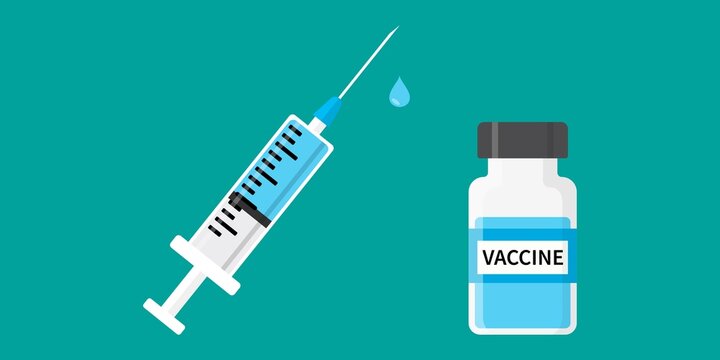
Insertion Angle when performing venipuncture
What is the 15 - 30 degrees?
Provides directions on the correct way to perform a lab test.
What are the manufacturer's instructions?
True or False: A sneeze only has droplets.
What is False.
Sneezing forces water, mucus, and air from your nose with an incredible force.

The length of time the CDC recommends to wash your hands or apply hand sanitizer
What is 20 seconds?

This basic level of infection control treats ALL people's blood and body fluids as if it is infectious, whether or not it contains visible blood.
What is Standard Precautions?

Verify patient's name and birthdate, apply label in the presence of the patient. Include date, time and initials of staff who performed the blood draw.
What is the correct way to label lab specimens?
Practice of handling specimens like they contain infectious agents.
What is Standard Precautions?
True or False: Respiratory Hygiene/Cough Etiquette helps prevent the spread of respiratory viruses.
What is True.
Covering coughs and sneezes and keeping hands clean can help prevent the spread of serious respiratory illnesses like influenza, respiratory syncytial virus (RSV), whooping cough, and COVID-19. Germs can be easily spread by: Coughing, sneezing, or talking.
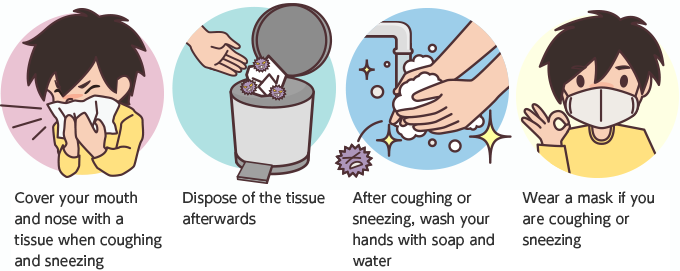
True or False: When wearing gloves, one does not need to perform hand hygiene. This is part of Standard Precautions.
What is FALSE. Hand hygiene should always be done before and after wearing gloves.
Simple procedure for staff or patient to reduce transmission when an infectious respiratory condition is suspected.
What is wearing a surgical mask?

Length of time tourniquet may remain on the patient's arm during a blood draw.
What is 1 - 2 minutes?

Order of draw.
Correct sequence to fill blood tubes.

This item has more germs than a toilet seat.
What is your cell phone?
Researchers at the University of Arizona found that cellphones carry ten times more bacteria than a toilet seat. While many bacteria are harmless, some studies have found serious pathogens on cellphones like E-Coli, MRSA, and Strep. To avoid picking up bacteria, don't take your phone in the bathroom with you
Preferred hand hygiene method when caring for a patient with known or infectious diarrhea.
What is washing hands with soap and water?
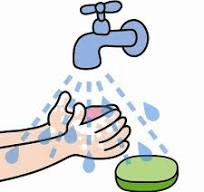
Practice safe handling, use of safe and effective needle alternatives when available, activate device's safety features, immediately dispose of contaminated needles in OSHA-compliant sharps containers.
What are ways to prevent sharps and needlestick injuries?
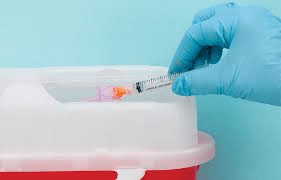
Once the blood begins to flow.
When drawing blood, when is the tourniquet released?
Safe way to transfer blood from a syringe into vacutainer blood tubes.
What is use a syringe transfer device?

True or False: Another way to think about standard precautions is "If it's wet, warm, and not yours, put a barrier (i.e. a mask, PPE) between you and it".
What is True?
